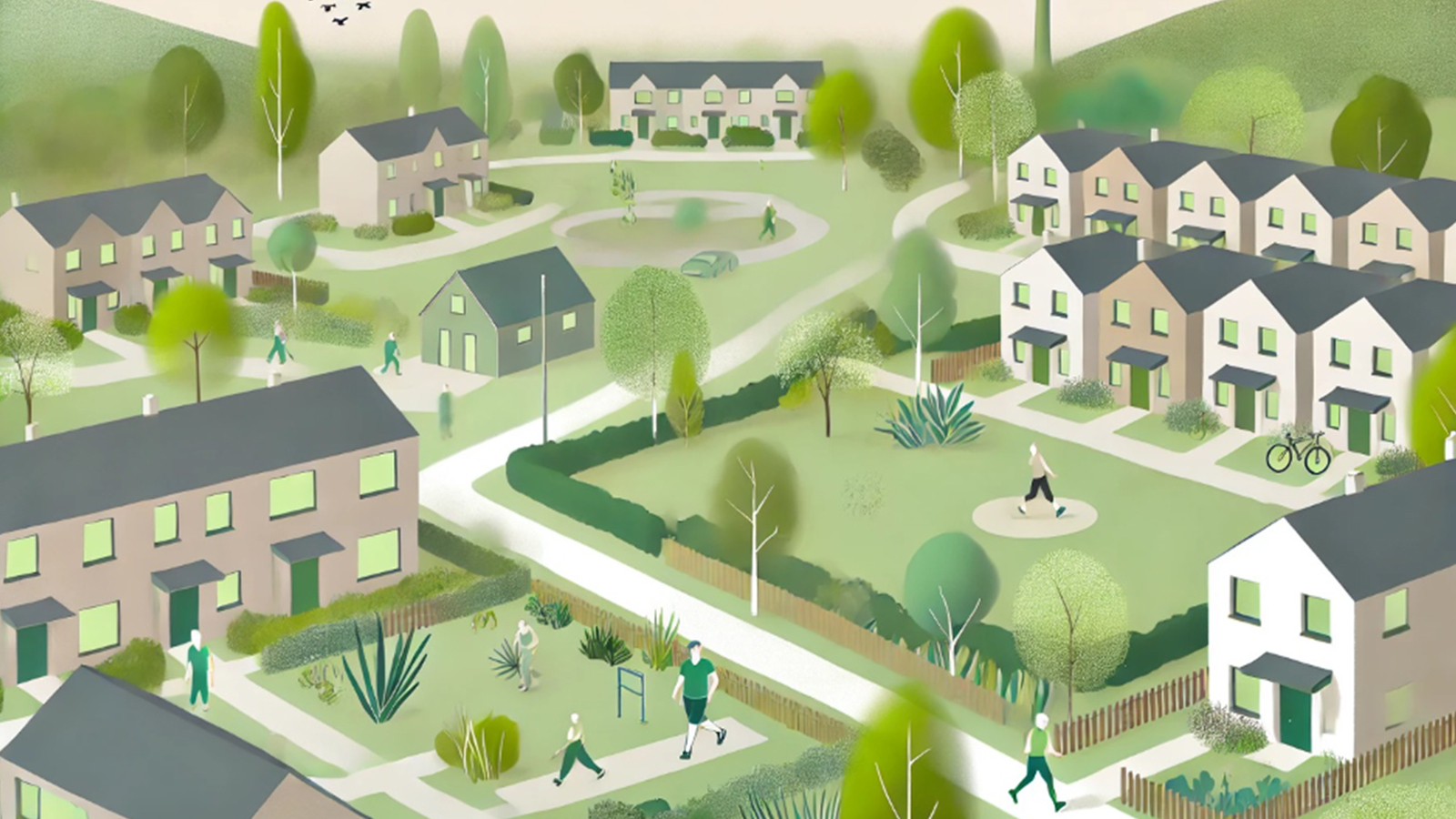New article in Urban Forestry & Urban Greening – Exploring the interplay of urban form and greenery in residents’ affective and cognitive responses
As urbanization continues to rise, understanding the impact of urban greenery on human wellbeing becomes increasingly important. Our new paper investigates how different types of urban greenery and neighborhood contexts influence residents’ physiological and psychological responses.

Well-designed urban green spaces are crucial for enhancing the quality of life in cities. In our paper, we explore the dynamics between urban form and greenery to understand their collective effect on human wellbeing. Using virtual reality technology, we immersed participants in various residential neighborhood environments and measured their responses through skin conductance (EDA) and surveys. Our findings confirm the critical role of urban greenery in enhancing affective and cognitive responses. Interestingly, the effect of greenery is highly context-dependent. In neighborhoods like popular, 60s, and cooperative, greenery consistently improved preference and physiological relaxation. In contrast, urban centers and single-family residential areas could accommodate more biodiverse green spaces without compromising their existing high preference levels. The study highlights the importance of tailoring green space designs to the unique characteristics of different neighborhoods to maximize their benefits.
Find the article here: external page https://doi.org/10.1016/j.ufug.2024.128553